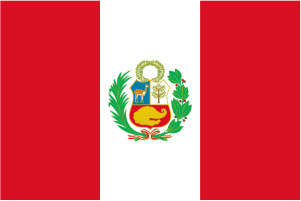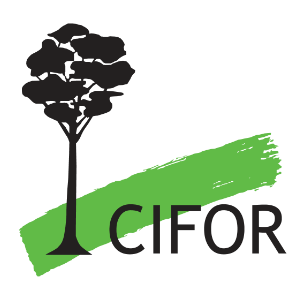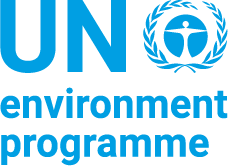
The central Congo Basin contains the largest known peatland complex in the tropics. Here we present a detailed multi-proxy record from a peat core, CEN-17.4, from the centre of a 45 km wide interfluvial peatland (Ekolongouma), the first record of its kind from the central Congo peatlands. We use pollen, charcoal, sedimentological and geochemical data to reconstruct the site's history from the late Pleisto-cene to the present day. Peat began accumulating at the centre of the peatland-19,600 cal BP (-17,500 e 20,40 0 cal BP, 95% confidence interval), and between-9500 (9430e9535 cal BP) and 10,500 (10,310 e 10,660 cal BP) cal BP towards the margins. Pollen data from the peatland centre show that an initial grass-and sedge-dominated vegetation, which burned frequently, was replaced by a Manilkara-type dominated flooded forest at -12,640 cal BP, replaced in turn by a more mixed swamp forest at-9670 cal BP. Mixed swamp forest vegetation has persisted to the present day, with variations in composition and canopy openness likely caused at least in part by changes in palaeo-precipitation. Stable isotope data (dDn-C29-v&icecorr) indicate a large reduction in precipitation beginning-5000 and peaking-2000 cal BP, associated with the near-complete mineralization of several metres of previously accumulated peat and with a transition to a drier, more heliophilic swamp forest assemblage, likely with a more open canopy. Although the peatland and associated vegetation recovered from this perturbation, the strong response to this climatic event underlines the ecosystem's sensitivity to changes in precipitation. We find no conclusive evidence for anthropogenic activity in our record; charcoal is abundant only in the Pleistocene part of the record and may reflect natural rather than anthropogenic fires. We conclude that autogenic succession and variation in the amount and seasonality of precipitation have been the most important drivers of ecological change in this peatland since the late Pleistocene.(c) 2023 The Authors. Published by Elsevier Ltd. This is an open access article under the CC BY license (http://creativecommons.org/licenses/by/4.0/).
Download:
 file
file

- Authors: Hawthorne, D., Lawson, I.T., Dargie, G.C., Bocko, Y.E., Ifo, S.A., Garcin, Y., Schefuss, E., Hiles, W., Jovani-Sancho, A.J., Tyrell, G., Biddulph, G.E., Boom, A., Chase, B.M., Gulliver, P., Page, S.E., Roucoux, K.H., Sjogersten, S., Young, D.M., Lewis, S.L.
- Author Affiliation: University of St Andrews, N8 Research Partnership, White Rose University Consortium, University of Leeds, Centre National de la Recherche Scientifique (CNRS), INRAE, Institut de Recherche pour le Developpement (IRD), UDICE-French Research Universities, Aix-Marseille Universite, University of Bremen, University of Nottingham, UK Centre for Ecology & Hydrology (UKCEH), University of Leicester, Centre National de la Recherche Scientifique (CNRS), Institut de Recherche pour le Developpement (IRD), Universite de Montpellier, UDICE-French Research Universities, Universite PSL, Ecole Pratique des Hautes Etudes (EPHE), University of Cape Town, Scottish Universities Research & Reactor Center, University of London, University College London
- Subjects: palaeoecology, pollen, peat, swamps, tropical forests, vegetation, climate
- Publication type: Journal Article
- Source: Quaternary Science Reviews 305: 107992
- Year: 2023
- DOI: https://doi.org/10.1016/j.quascirev.2023.107992
















